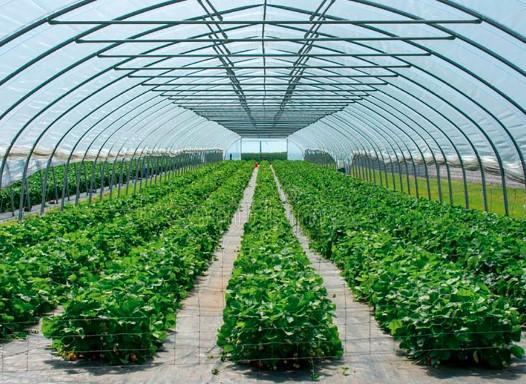Protected cultivation continues to evolve with the introduction of innovative technologies and practices aimed at optimizing crop production and sustainability. Let’s explore some of the key innovations driving growth in the Protected Cultivation market:
Climate Control Systems:
Advanced climate control systems play a crucial role in optimizing growing conditions within greenhouse structures. These systems regulate temperature, humidity, and ventilation to create ideal microclimates for different crops. Automated climate control systems utilize sensors and actuators to monitor environmental parameters and adjust settings accordingly, ensuring optimal conditions for plant growth while minimizing energy consumption.
Hydroponic and Aeroponic Systems:
Hydroponic and aeroponic cultivation systems offer efficient alternatives to traditional soil-based farming by delivering nutrients directly to plant roots in a soil-less environment. Hydroponic systems use water-based nutrient solutions, while aeroponic systems mist nutrient-rich solutions onto plant roots suspended in the air. These systems maximize resource efficiency, reduce water usage, and enable year-round production of high-quality crops.
Vertical Farming Technologies:
Vertical farming involves growing crops in stacked layers or vertical structures, maximizing land use efficiency and reducing the environmental footprint of agriculture. Vertical farms utilize controlled environment agriculture (CEA) technologies such as LED lighting, hydroponic systems, and automated climate control to optimize growing conditions and maximize yields. These innovative farming methods are particularly well-suited for urban environments with limited space and resources.
Robotics and Automation:
The integration of robotics and automation technology is revolutionizing greenhouse operations, enabling tasks such as planting, harvesting, and pest control to be performed with greater precision and efficiency. Robotic systems equipped with artificial intelligence (AI) and machine learning algorithms can autonomously navigate greenhouse environments, identify and remove weeds, and monitor plant health in real-time. Automation reduces labor costs, improves productivity, and minimizes the use of pesticides and herbicides.
Sustainable Energy Solutions:
With growing concerns about climate change and energy consumption, there is a growing emphasis on implementing Sustainable Energy Solutions in protected cultivation. Solar panels, wind turbines, and biomass boilers are increasingly being used to generate renewable energy to power greenhouse operations. Combined heat and power (CHP) systems utilize waste heat from electricity generation to provide heating and CO2 supplementation for enhanced plant growth, further optimizing resource efficiency.
Conclusion
innovations in Protected cultivation are driving efficiency, productivity, and sustainability in modern agriculture. By leveraging advanced technologies such as climate control systems, hydroponic cultivation, vertical farming, robotics, and sustainable energy solutions, growers can maximize yields, minimize environmental impact, and meet the growing demand for fresh, locally grown produce. As the industry continues to evolve, the adoption of innovative practices will play a crucial role in shaping the future of agriculture.
This post first appeared on Market Research Report ,Market Research Company, please read the originial post: here

